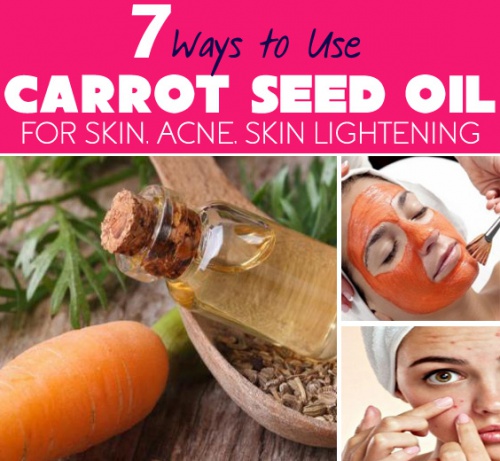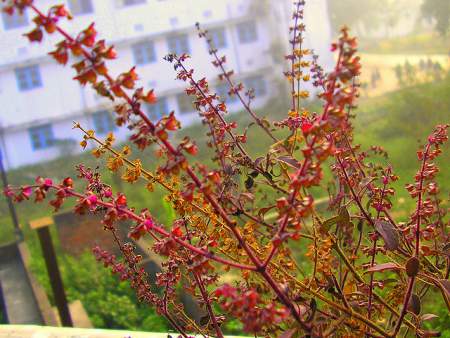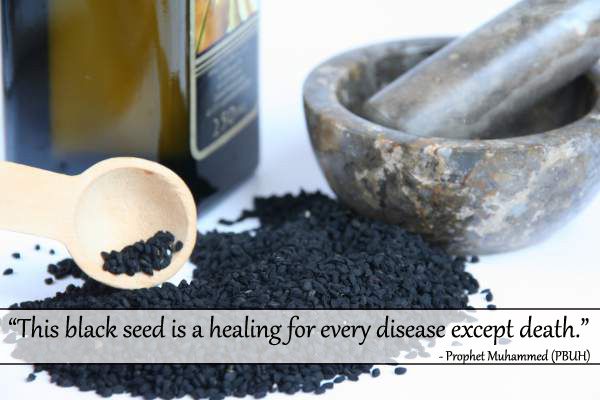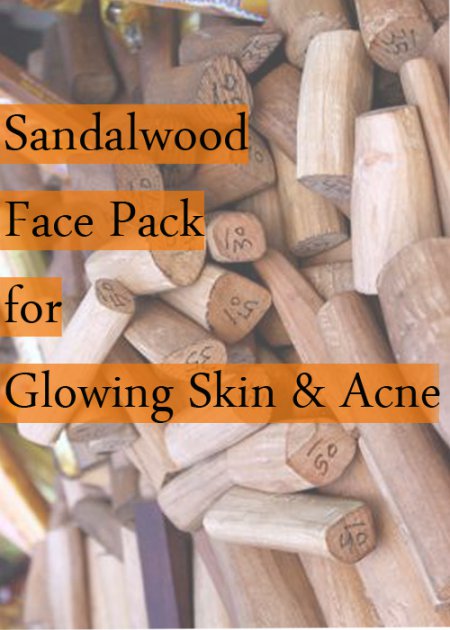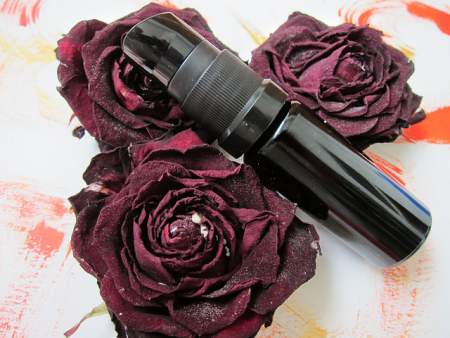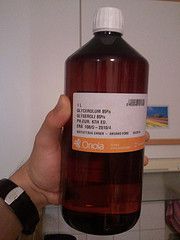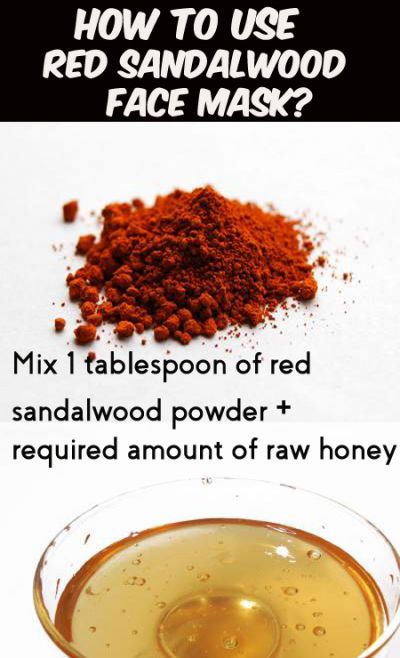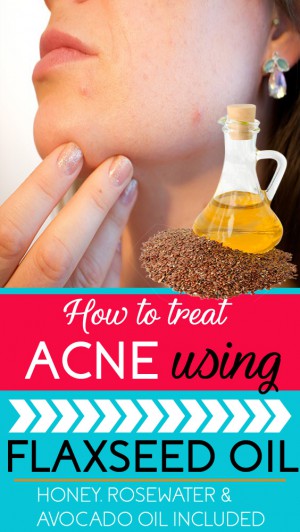
Antioxidants, fiber, and omega-3 fatty acids are essential for healthy functioning of your skin and these nutrients can be found in flaxseed. Here you’ll learn about benefits of flaxseed oil for acne.
You’re not alone.
Nearly about 85 percent people are suffering from acne blemishes. Researchers hold hormonal imbalance, excess sebum, dead cells and bacteria for this chronic skin ailment.
Why shouldn’t you use steroid creams?
Not just steroid creams, even cosmetic products that claim to treat acne are packed with chemical preservatives.
Though they include extracts of natural ingredients to entice customers, regular usage may strip natural moisture from the skin.
Instead, assorted vitamins and minerals packed in natural ingredients can do wonders on your skin. Flaxseed oil is one such remedy.
Is Flaxseed Oil Good for Acne?
It’s a powder house for manganese, magnesium, vitamin B1 and omega-3 fatty acids. Internal and topical usage of flax seeds can improve your overall health.
But, in case of acne, beauty experts recommend the topical application.
Note: Flaxseed oil isn’t for all skin types. People with oily skin must use it with caution.
- Antioxidants housed in this innate oil help to restrain free radicals and reduce oxidative stress.
- Studies state that use of omega-3 fatty acids in treating acne can be effective.
- Assorted nutrients in flaxseed oil help to cleanse impurities and unclog skin pores.
- Anti-inflammatory ability exhibited by fatty acids help to reduce acne inflammation.
- University of Maryland Medical Center also states that this oil can reduce stress, which is one of the major factors for acne blemishes.
- According to Herb Wisdom website, flaxseed oil can also regulate the excess production of sebum to prevent acne.
- Lignans is a phytoestrogen found in flaxseed oil has an impact on hormone related issues. Thus can reduce acne, which is also caused by hormonal imbalance.
- Alpha linolenic acid found in omega-3 fatty acids is known to inhibit tumor growth and promote healthy functioning of your skin.
Studies show that most Americans take foods that are rich in omega-6 fatty acids, which promote inflammation. Experts recommend taking a balanced diet with both omega-3&6 fatty acids.
Also read: How to Use Black Seed Oil for Acne
How to Use Flaxseed Oil for Acne?
You need time and some flaxseed oil to start.
One of the easiest ways is to wash your face, pat dry and apply this oil evenly.
As same recipe may not work for all skin types, beauty experts recommend blending other natural ingredients to make the recipe more effective.
#1. Flaxseed Oil and Avocado Oil
Anti-inflammatory property residing in avocado helps to reduce acne inflammation. Vitamin E and antioxidants present in this ingredient help to fight bacteria and free radicals.
Avocado oil easily gets penetrated into your skin.
- Mix required an amount of flaxseed oil with avocado oil.
- Wash your face with lukewarm water to open blocked skin pores.
- Pat dry and apply the mixed mask evenly all over the face.
- Leave it to dry naturally for 15 minutes and then rinse it off.
#2. Flaxseed Seeds Face Mask
Flaxseed oil is extracted from its seeds. You can use the grounded flaxseed mask to treat ailments.
Ingredients:
- Water – 3 teaspoons
- Grounded flax seeds – 1 tsp
Method:
- Ground flax seeds in a blender to form smooth
- Add required amount of water.
- Scoop the mask with your clean fingers and then start applying it on acne affected face.
- Allow the mask to dry naturally for 15 minutes.
- Rinse it off with water.
#3. Flaxseed Oil to Treat Acne
As mentioned above, you can just use this natural oil derived from flax seeds directly.
Initially, cleanse your face to remove impurities and dead cells.
Beauty experts also recommend exposing the face to steam, so that skin pores open up.
Pat dry with a clean cloth and take the required amount of flaxseed oil in your palm.
Using your clean fingers apply the oil on acne affected skin. Allow the oil to dry naturally.
Best time to apply this ingredient is before bed. Rinse it off with normal water in the morning.
#4. Flaxseed Mask for Cleansing
Exfoliating ability of this ingredient can make your skin free from dead cells and excess oil.
Dip a cotton ball in flaxseed oil and apply it on the acne affected skin. Use it to wipe impurities.
Alternatively, you can mix grounded flax seeds with egg white. Apply the mask on acne affected face and leave it to dry naturally for 15 minutes.
#5. Flaxseed, Lemon, and Honey
Instead of flaxseed oil, you can use its seeds to treat acne.
Lemon is packed with antibacterial properties that can fight P.acnes bacteria. Topical application of this ingredient also helps to reduce acne scars.
Honey is prominent for having anti-inflammatory properties. Healing activity exhibited by this innate ingredient can lighten the appearance of scars.
- Soak flax seeds overnight in a bowl.
- Grind the flax seeds to make a paste.
- Add 2 teaspoons of lemon juice and 1 tablespoon of raw honey to the paste.
- Mix thoroughly and apply it over pre-washed
- Allow the face mask to dry naturally for 15 minutes.
- Rinse it off with water.
#6. Rose Water, Blue Clay and Flax seeds
Rose water is renowned to have antibacterial, anti-inflammatory, antioxidant and hydrating properties that are essential to treat acne.
Blue clay is helpful to remove impurities and control excess sebum on the skin.
- Grind flax seeds like mentioned above.
- Add 1 teaspoon of blue clay to the paste.
- Also, add required amount of rose water to make the mask more effective.
- Apply the paste evenly on your face and rinse it off after 10-15 minutes.
Do this twice or thrice in a week.
#7. Flaxseed Oil
Instead of topical application, you can actually ingest things natural ingredient to treat acne.
Though the topical application is more beneficial, consuming this oil will help to thwart toxins in the body.
Add 1 teaspoon of flaxseed oil to water and drink it.
You can also add this natural oil to your diet and make your food more nutritious.
So, the list goes on. Other ingredients that you can mix with flax seeds are turmeric, gram flour, and your favorite essential oil.
Tips
- Before applying these recipes, make sure you’re not allergic to any of its ingredients.
- If you feel irritated after using these recipes, then stop using them and reach your physician.
- Acne is normal and you don’t have to worry.
- Avoid squeezing acne blemishes; they will leave a scar on your face.
- Wear sunscreen cream while going out.
- Stick to one recipe for 4-5 weeks to see positive results.
- Drink enough water to hydrate your skin internally and to remove toxins from the body.
- Ingest vitamin rich foods that have the ability to fight acne.
- Foods that trigger acne blemishes must be avoided.
Did you ever use flaxseed oil for acne treatment? Share your recipe in comments.

